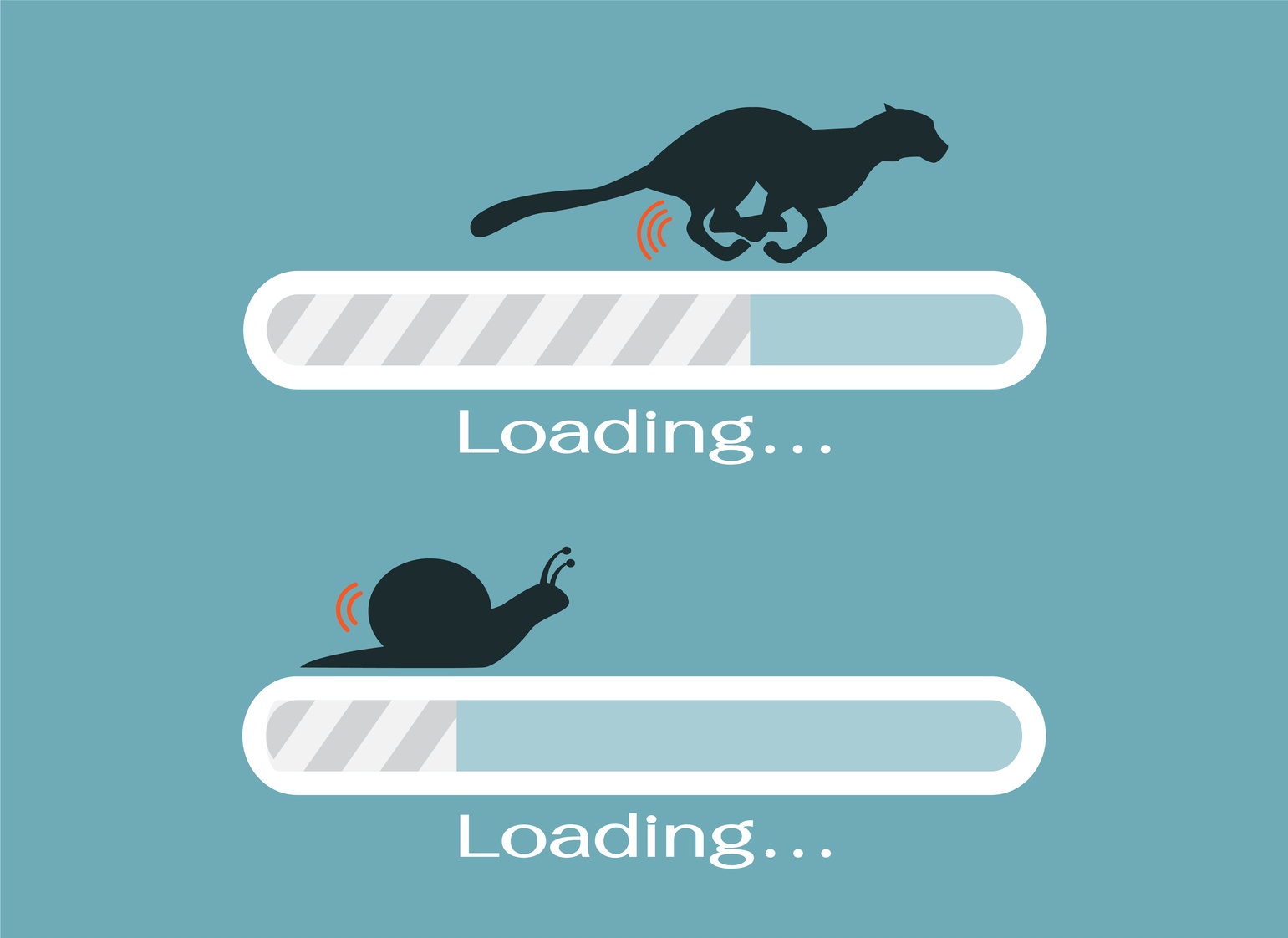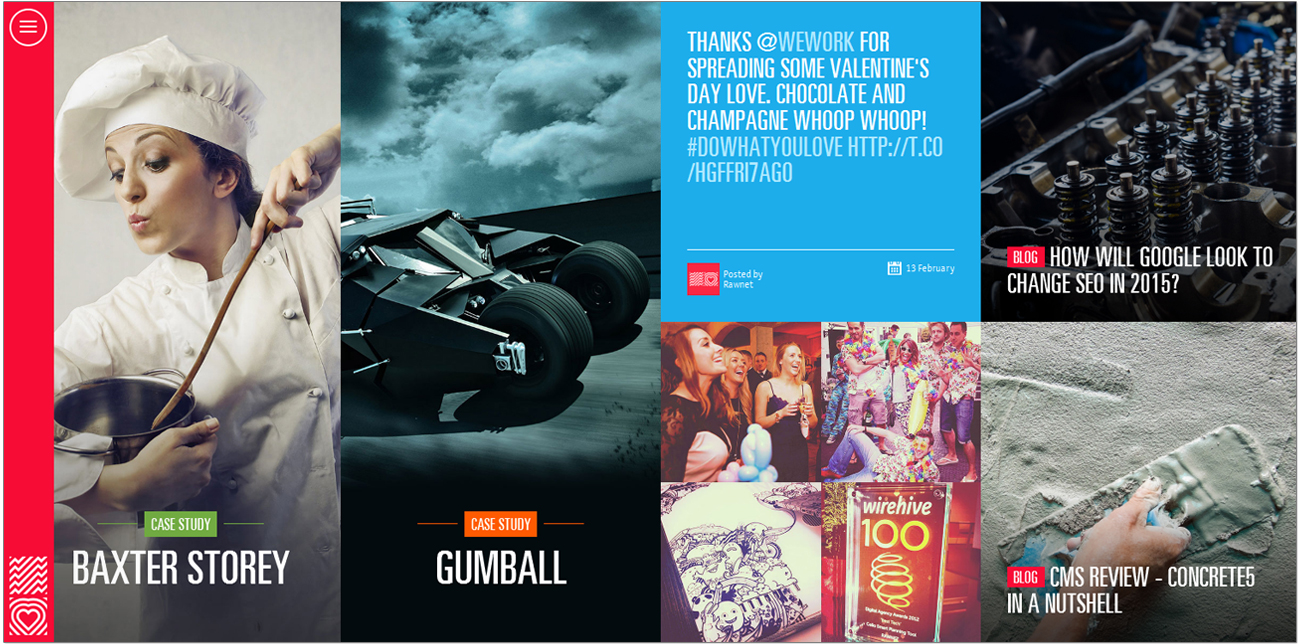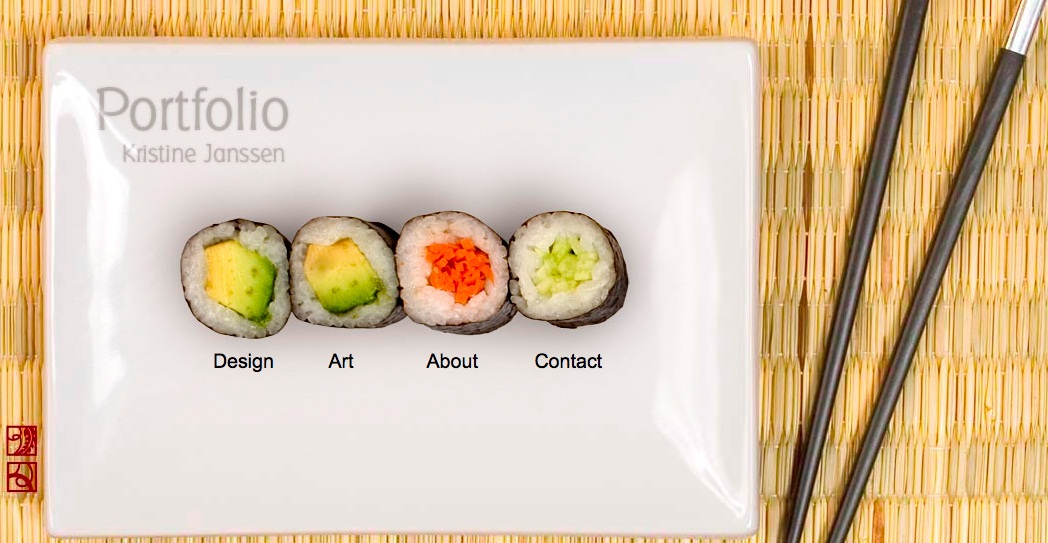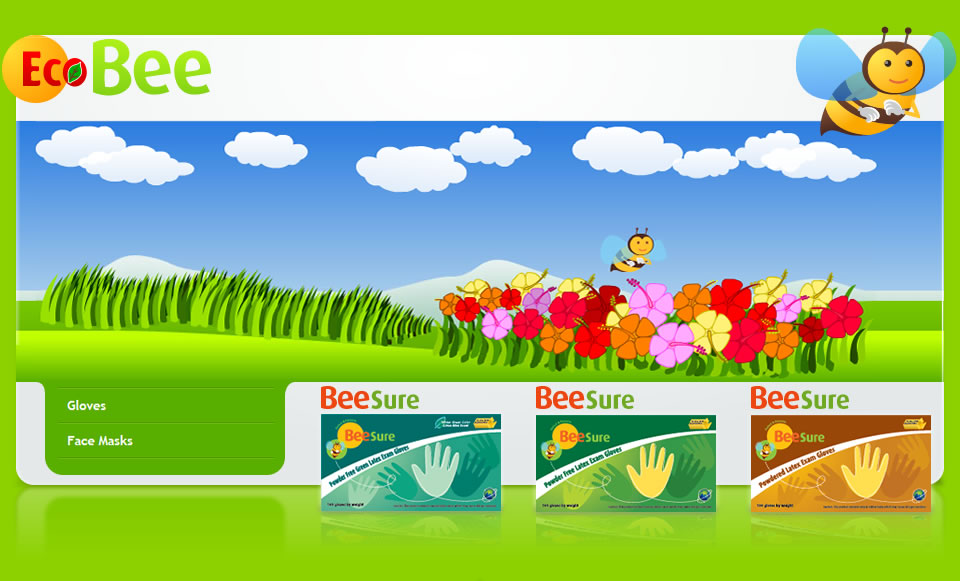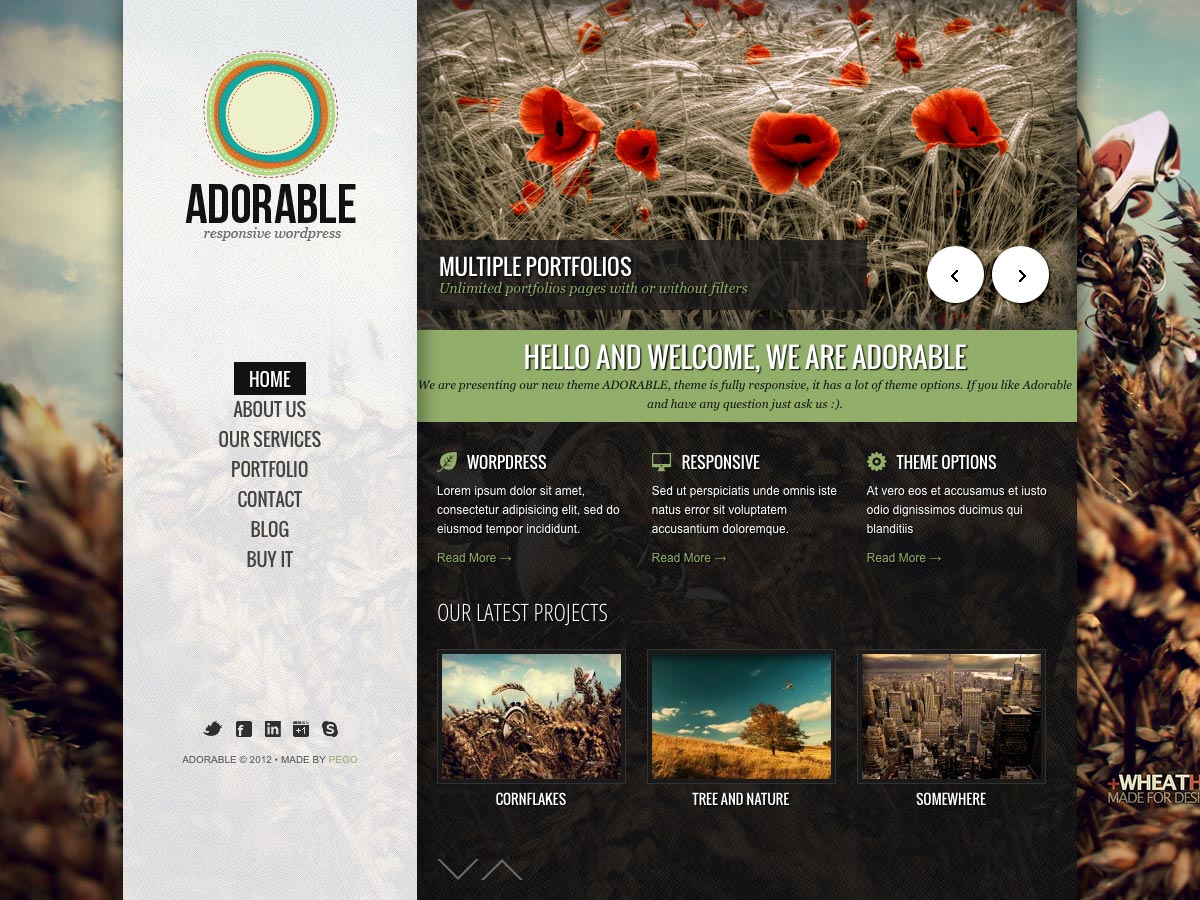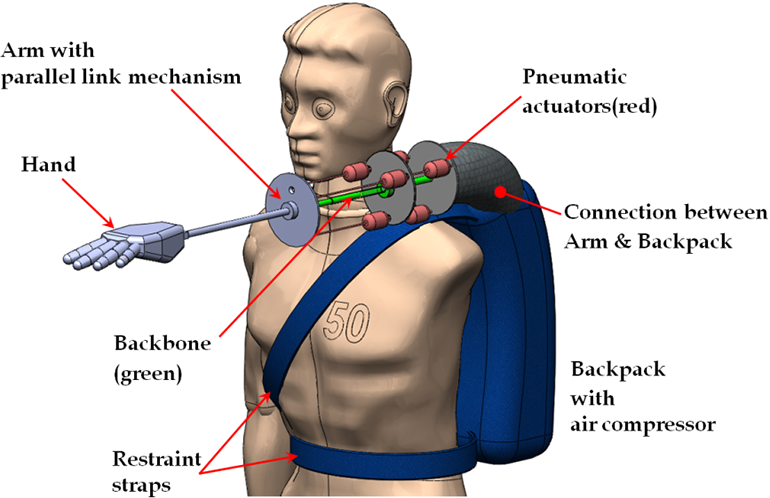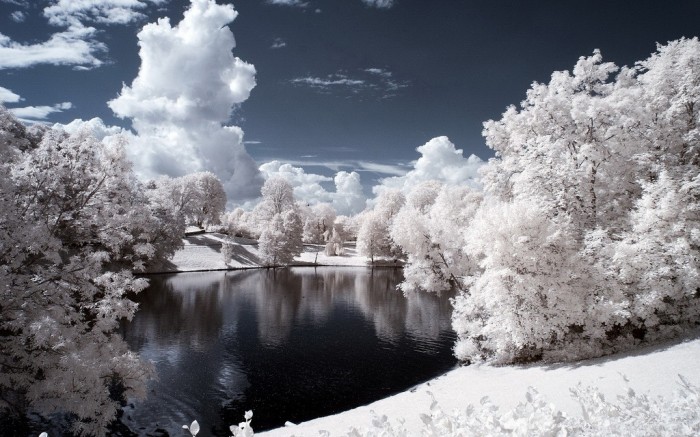
Top 10 Most Important Future Demands in Web Design
After the invention of the World Wide Web by Tim Berners-Lee (TimBL) in the beginning of 1990s, and the creation of the Mosaic browser by Marc Andreessen and Eric Bina, the technology have leaped forward in a very short period. Many new jobs have been created in the last 25 years to cover the needs of this new industry; famous among them are web developers and graphic designers. HTML, CSS, JavaScript, PHP and Python are the programming languages that are heavily used currently.
If you know one or two of these languages you may have a bright future, but you still need to follow the latest trend to be even more successful.
10 Fast Load
Most modern demands in web design focus on one important issue, which is getting their websites to take the shortest time possible to load. This will raise the number of visitors especially those with smaller devices like smart phones and tablets. Simplicity, thus, is becoming a major focus since it raises the websites speed.
9 Large Headers
A new demand in web design is to get the font of the header extremely large. We find that it is eye-catching as same as the good photo. A website like Tiny Giant’s has started applying this thing, and it is expected that many websites are going to follow.
8 Hidden Menus
Major demand in modern websites is to hide main menus and offer the visitor simple experience until he is ready to go further and discover the menu with its contents.
7 Attention to PCs
With the spread of smart phones, many institutions started to fit their websites to work well on phones. New trends are trying to make a balance with adding amazing look to websites for PC users. INe feature doing this is the app-like menus you find in websites such as Rawnet.
6 Customized Photos
While every website is using photos from the internet stock, the trend of successful web design is to have your own photos. It could be some captured photos from your own camera. So these photos are only special to you!
5 Max-Width
Instead of the fix width trend that was pursued in most websites for years, the max-width is becoming commonplace. With fix-width you are able to see where the website begins and ends from the side scroll. The max trend puts the content always in the center and you would hardly tell when it is going to end.
4 Simplicity
Modern trends in web design do not depend on adding extravagant features or catching the eyes with unnecessary features, instead websites are becoming more attractive when they are simpler.
3 Background Images
When you visit any website the first thing that meet your eyes is the big name of the website with its specific font and style along with the background image. The modern trend that will spread in 2015 is that most of the websites are going to do this with images. This trend is more comfortable to the eye and even more attractive.
2 Engaging Content
Most content, even the scientific, in websites is created to be engaging and that through telling a story. Instead of putting content bereft of creation, writers tend to tell stories, add attractive visuals and music to their websites, though the latter is a bit lame.
1 One-page Sites
One of the new trends that you have probably noticed in many websites is that most of them turned their pages to be remarkably long. Have you asked why that? There is a goal, actually, and one that is very smart. The long pages targets mobile users. In order to make their experience on the website more enjoyable and easier, links are substituted with long content.

